Apple Watch Series 5 vs. Series 4: Should you upgrade?
Always-on display makes a difference for Series 5 over Series 4, but is it enough?
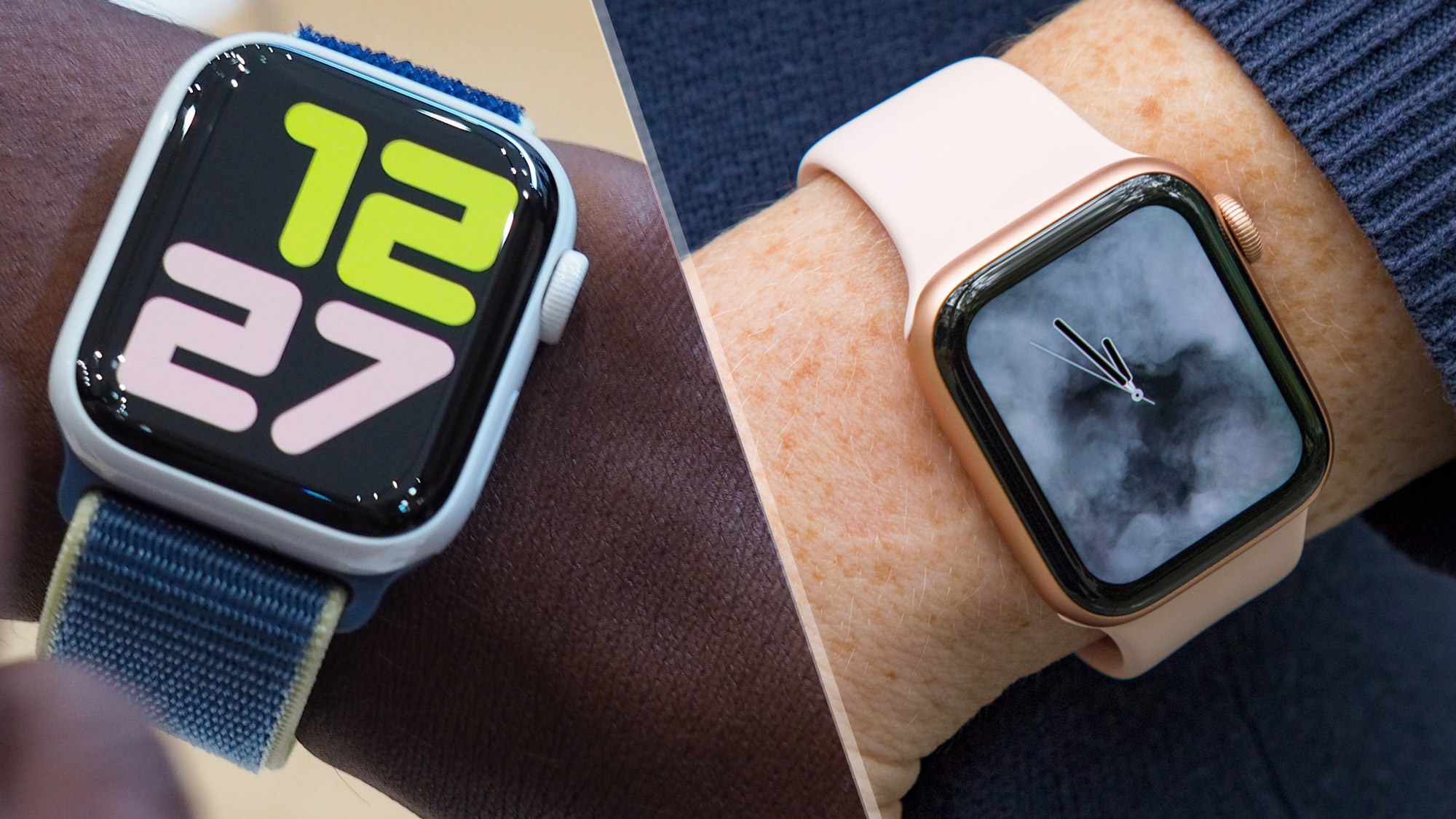
Apple's latest smartwatch, the Apple Watch Series 5, is an almost perfect smartwatch and replaces the Apple Watch Series 4 as one of the best smartwatches you can buy.
The two models differ in only a few areas. The biggest change is that the Series 5's display is always on. The Series 5 also adds a compass, more storage and additional case materials — most of 2019's Apple Watch upgrades came over-the-air via watchOS 6.
Apple is still selling the Series 3 smartwatch; here's our guide to the Apple Watch Series 5 vs. Series 3. And if you're wondering instead whether to get the 2019 model or wait for the next-generation version, check out our Apple Watch 6 vs. Apple Watch 5 face-off for the biggest changes you can expect to see.
| Row 0 - Cell 0 | Series 5 | Series 4 |
| Price | Starts at $399 (GPS) or $499 (cellular) | Started at $399 (GPS) or $499 (cellular) |
| Battery life | 18 hours | 18-24 hours |
| Size | 40mm, 44mm | 40mm, 44mm |
| Display size | 324 x 394 (40mm)368 x 448 (44mm) | 324 x 394 (40mm), 368 x 448 (44mm) |
| Colors | Aluminum: Silver, space gray, gold; Stainless steel: stainless steel, space black, gold; Titanium: titanium, space black; Ceramic: White | Aluminum: Silver, space gray, gold; Stainless steel: silver, space black, gold |
| OS | WatchOS 6.1 | WatchOS 6.1 |
| Music storage | 32GB | 16GB |
| Water resistance | Up to 50 meters (swim-proof) | Up to 50 meters (swim-proof) |
| GPS | Yes | Yes |
| LTE | Yes, for extra $100 | Yes, for extra $100 |
| Heart rate monitor | Optical heart-rate sensor and electrical heart-rate sensor for electrocardiograms | Optical heart-rate sensor and electrical heart-rate sensor for electrocardiograms |
| Mobile Payments | Apple Pay | Apple Pay |
| Special features | Always-on display, compass, and all Series 4 features | Fall detection, low heart-rate alerts, ECG app |
Apple Watch Series 5 vs. Series 4: Price
Apple Watch Series 5 sells for the same price that the Series 4 did when it came out. It starts at $399 for the 40mm aluminum GPS version and $429 for the 44mm aluminum GPS model. Add $100 to each if you want LTE.
Apple doesn't sell the Series 4 anymore, but a few still crop up on sale. At the end of January 2020, Best Buy and B&H Photo were selling the 44mm Series 4 for $279 (those quickly sold out).
Apple will also sometimes have some refurbished models at a discount. Deals are becoming less frequent as existing stock dwindles, though. If you can find one at a discount and don't care about the new features, jump on it!
Winner: Tie
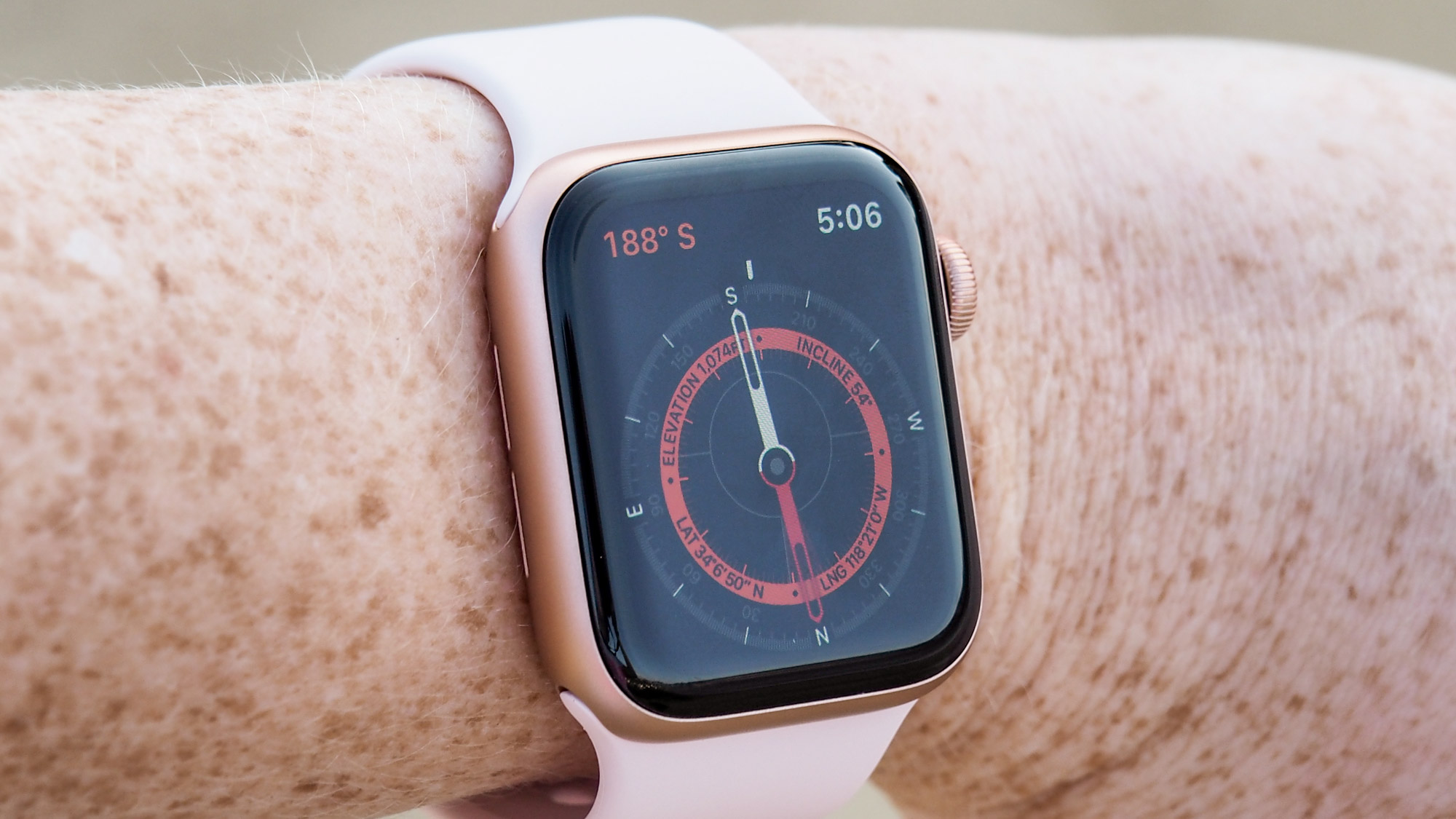
- Today's best Apple Watch deals
Apple Watch Series 5 vs. Series 4: Display
The biggest difference between the two models is the Series 5's always-on display. And it is a big deal — it makes the Apple Watch a more effective timepiece, in addition to all the smartwatch stuff it does. In Apple's version of always on, you can see the complications on the watch face, too, which allows you to quickly check your fitness progress or the temperature, for example, depending on which ones you've selected to show.
Beyond that significant change, the Series 4 and Series 5 have the same display specs: an OLED screen with 324 x 394 pixels for 40mm and 368 x 448 pixels for 44mm. The display has a small bezel, making the most of the screen real estate.
Winner: Series 5
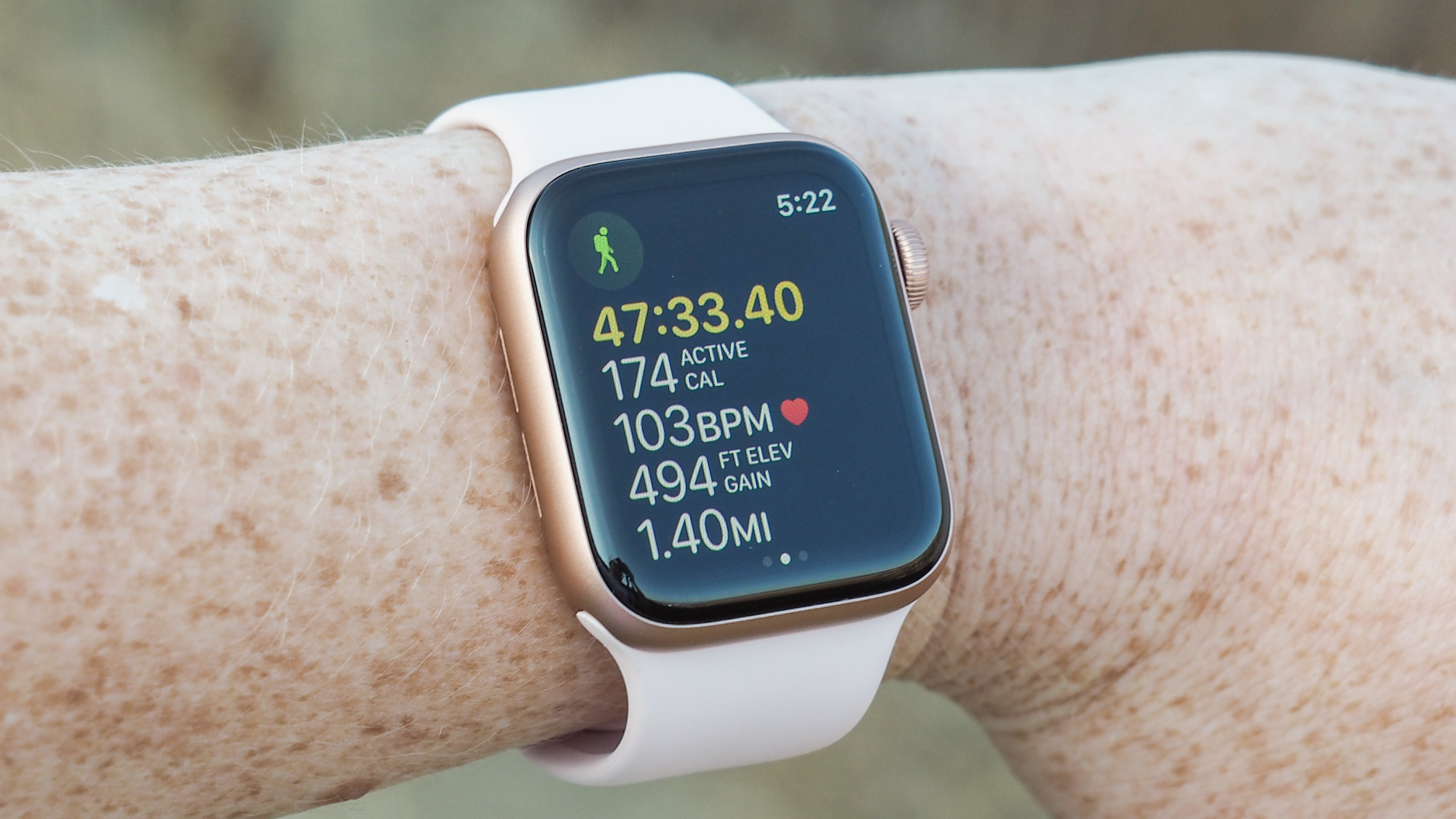
Apple Watch Series 5 vs. Series 4: Colors
The Series 5 offers some additional case materials compared with the Series 4, although they'll cost you. Both come in aluminum in silver, gold and space gray colors; and stainless steel in gold, space black and polished stainless colors.
The new materials and colors for the Series 5 are Titanium (natural brushed and brushed space black; prices start at $799), and Ceramic (white; starts at $1,299).
Winner: Series 5
Apple Watch Series 5 vs. Series 4: Health and fitness
The Series 5 has one feature that separates it from the Series 4 when it comes to health and fitness: a magnetic compass. This can be handy when hiking, biking or engaging in other outdoor activities, especially when it comes to finding your way back once you've gone out.

Other than that, the Series 4 and Series 5 have the same health and fitness features: an optical heart-rate sensor, an electrical heart-rate sensor that can help detect atrial fibrillation, an accelerometer and a gyroscope that can sense if you fall down.
Winner: Series 5
Apple Watch Series 5 vs. Series 4: Storage
The Series 5 doubles the on-device storage space to 32 GB, which comes in handy for downloading music and apps — especially now that you can download apps directly through the App Store on your watch. The Series 4 has 16 GB of storage.
Winner: Series 5
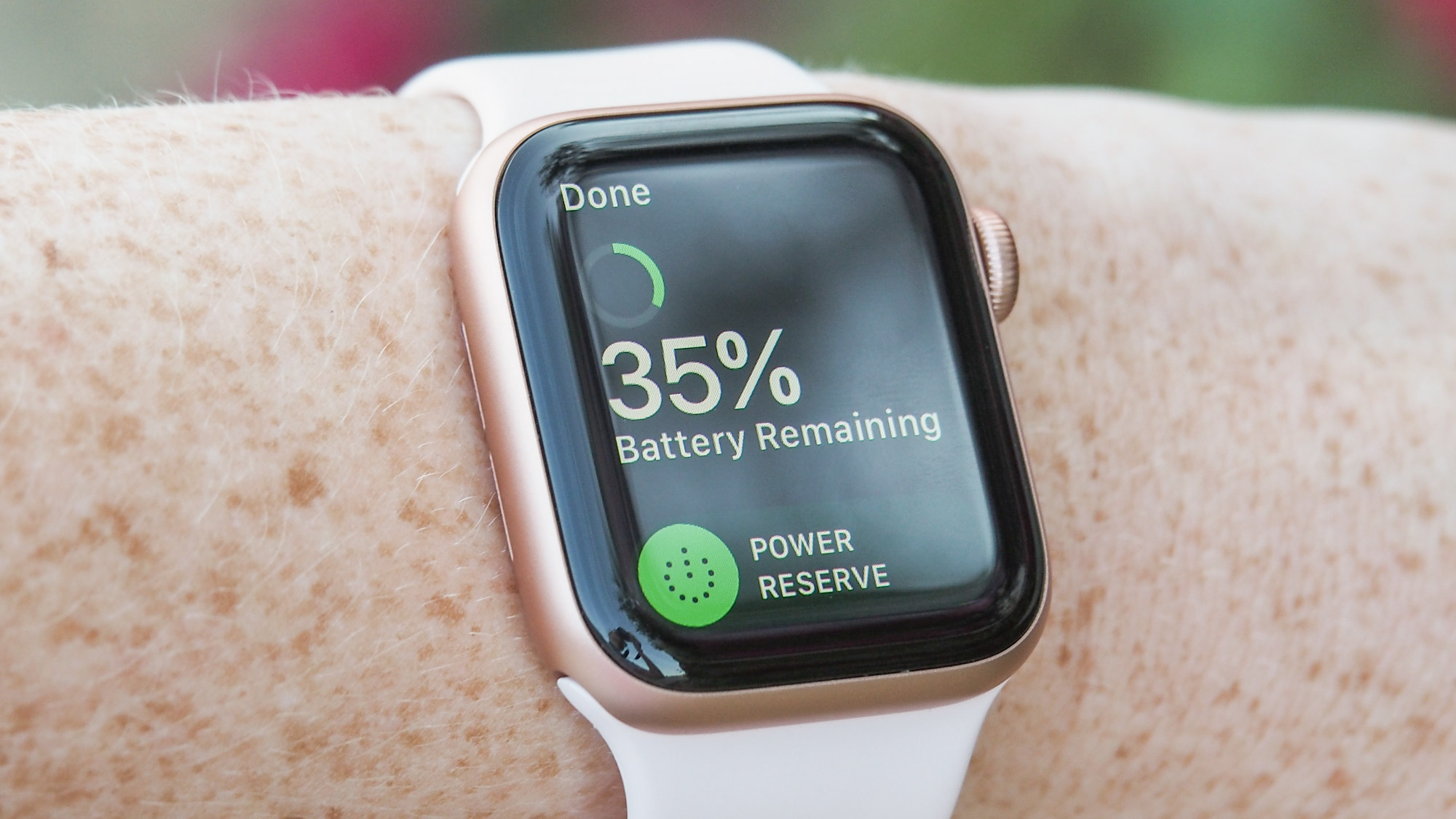
Apple Watch Series 5 vs. Series 4: Verdict
The Apple Watch Series 5 is an outstanding smartwatch. Its always-on display is a useful addition to the watch's features. But if you have a Series 4, it's not enough to warrant upgrading since they share so many other features — especially the big, sharp display and heart-rate sensors.
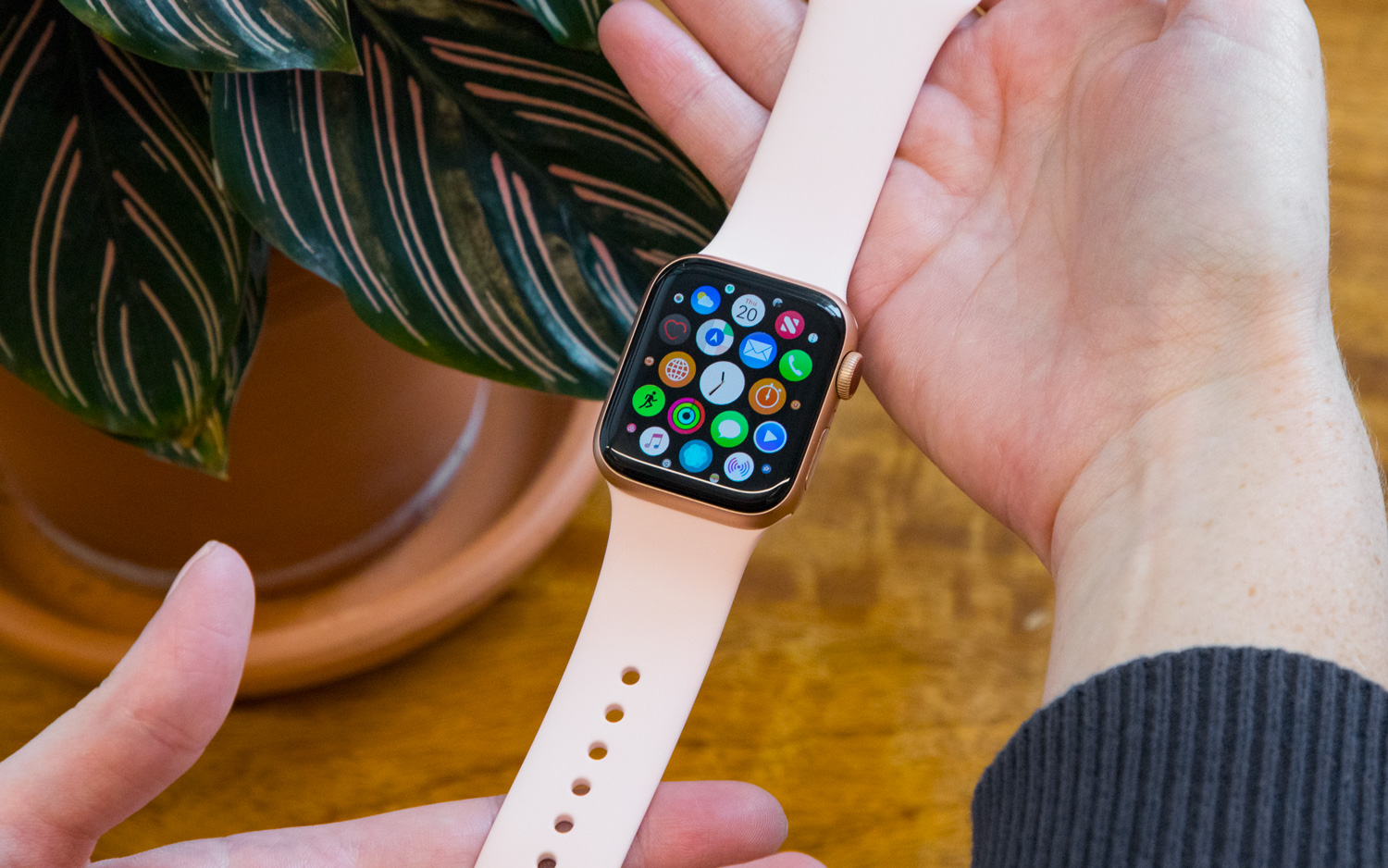
| Row 0 - Cell 0 | Apple Watch Series 5 | Apple Watch Series 4 |
| Price (15) | 12 | 12 |
| Display (20) | 19 | 17 |
| Size (15) | 13 | 13 |
| Colors (5) | 5 | 4 |
| Health and fitness (20) | 19 | 18 |
| Storage (15) | 15 | 12 |
| Battery life (10) | 7 | 7 |
| Total (100) | 90 | 83 |
If you have a Series 3 or older model and you find a deal on a Series 4, you'll have to decide how much an always-on display, compass and additional storage are worth to you. But for most upgrades from Series 3 or older, the Series 5 is the way to go.
Sign up to get the BEST of Tom's Guide direct to your inbox.
Get instant access to breaking news, the hottest reviews, great deals and helpful tips.

Michael Gowan is a freelance technology journalist covering soundbars, TVs, and wireless speakers of all kinds of shapes and sizes for Tom’s Guide. He has written hundreds of product reviews, focusing on sound quality and value to help shoppers make informed buying decisions. Micheal has written about music and consumer technology for more than 25 years. His work has appeared in publications including CNN, Wired, Men’s Journal, PC World and Macworld. When Michael’s not reviewing speakers, he’s probably listening to one anyway.
